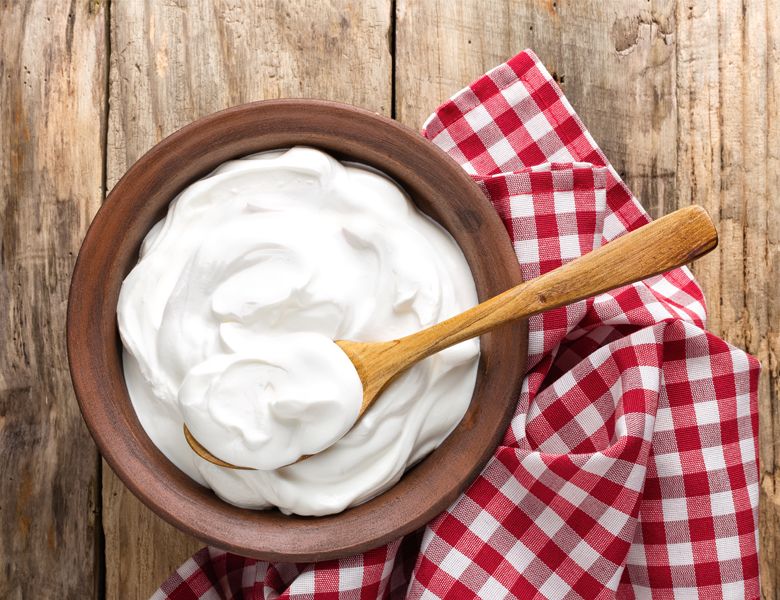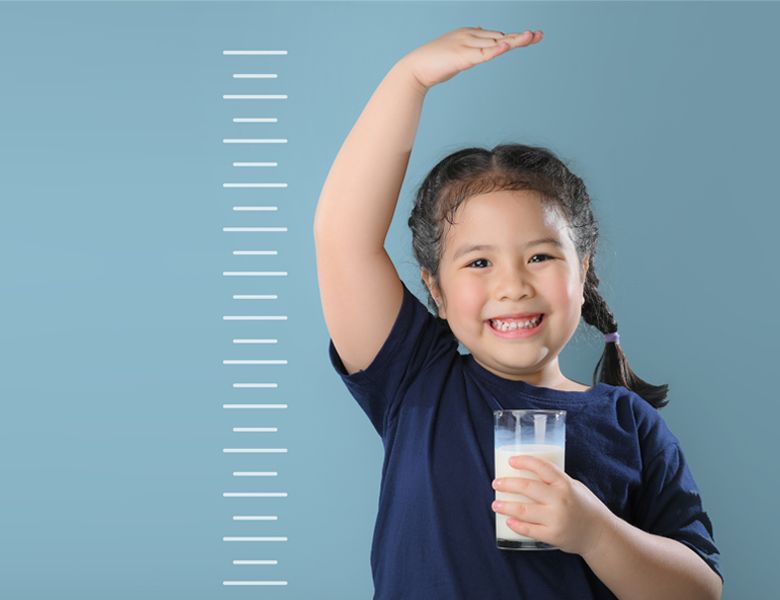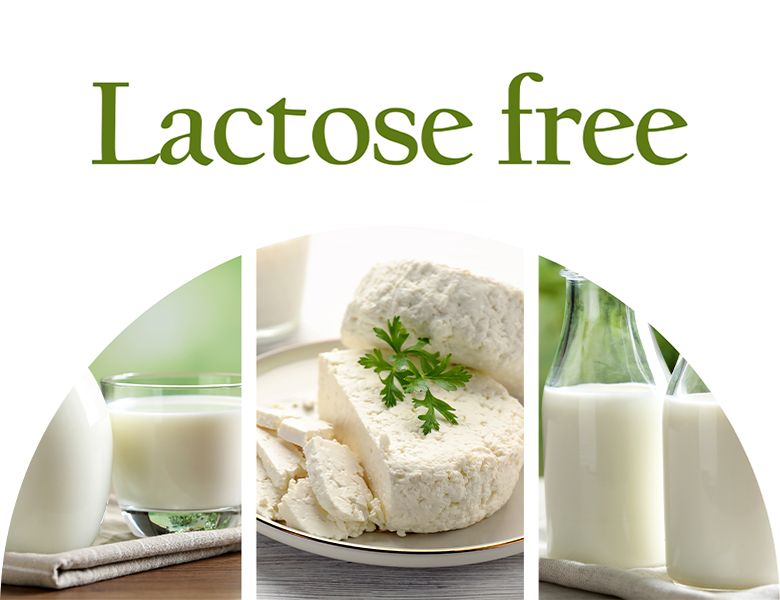Greek-style yogurt manufacturing methods

- | آتاماد |
- Viewer: 226
Much of the concentrated yogurt consumer acceptability is dependent on its sensory properties, which in turn, is heavily dependent on the processing method. Greek-style yogurt can be 10 times better than traditional yogurt to deliver probiotic bacteria. Concentrated yogurt is traditionally manufactured by straining the natural set of yogurts in cloth bags. However, nowadays there are other methods available to manufacture this product in large volumes.
Traditional method
The basic principle of using the traditional cloth bag method is to extract water from plain yogurt until the desired total solids level has been reached. The duration of drainage for yogurt in cloth bags takes about 15-20 hours at <10 °C. The whey separation can be achieved either by gravity drainage (small-scale production) or by pressing (large-scale production); however, the drainage time can be shortened by up to 6 hours by applying pressure of 2 kg/kg on the yogurt. The sensory properties of the product made with this traditional system are excellent. However, this method could be described as slow, labor-intensive, and unhygienic, and the yield obtain is rather low due to residues left in the bag. Consequently, this system is not suitable for large-scale processing. Despite this, the traditional production method is still preferred in some countries in the Middle East, as the investment in mechanized systems of production is rather high.
Methods based on mechanical separators
This method requires the use of a nozzle or Quarg separator. Only, skimmed milk should be used when manufacturing yogurt in this way; if whole milk is used, the fat globules will clog the separator nozzles. However, recent developments in the design of centrifugal separators have made it feasible to use fermented whole milk to produce strained yogurt. Producing concentrated yogurt by centrifugation is a two-step procedure. First, milk is fermented until it achieves the desired level of acidification (pH 4.6-4.8). After acidification, fermented skimmed milk is stirred vigorously, heated up to 55–60°C to inactivate the culture and control the level of acidity, and cooled to 40 °C. Next, any large clots or clumps are removed by passing the fermentate through a metal sieve before it enters the separator. The fermented milk is also de-aerated for 15–20 minutes before entering the centrifuge to assist in the separation of whey. Once in the separator, the fermented milk is concentrated to the desired total solids level. The concentrated product leaving the separator is blended with any source of fat or cream, to provide the desired fat level in the final product. Then it is cooled and packaged.
Methods based on membrane processes
Membrane techniques, especially ultrafiltration (UF), have been successfully used in the yogurt industry for the last 25 years. Production of strained yogurt by reverse osmosis (RO) has also been studied. However, studies revealed that using RO to produce concentrated yogurt created weaker structures than that of traditionally manufactured concentrated yogurt. Two different systems of UF have been used to produce concentrated yogurt, the fermentation of UF retentate, and UF of yogurt at 40–50°C.
Several studies assessed the microstructures and rheological properties of concentrated yogurt obtained by these two UF methods. Greek yogurts prepared by concentrating a milk base through UF to 13.8% exhibited a hard structure, low syneresis, and a high protein and fat content. Researchers concluded that the concentrated yogurt made from UF milk retentate had much greater firmness than the yogurt manufactured by the traditional method or UF. The concentration of milk by UF before yogurt-making carries a risk of bitterness in the final product since the calcium content will be higher. On the other hand, the quality of strained yogurt made by UF of warm yogurt closely resembles the traditional product in terms of elasticity, firmness, and structure. The manufacturing process is as follows: after the fermentation period, the warm yogurt is heated to 58-60 °C for 3 minutes in the plate heat exchanger, to inactivate the culture and control the level of acidity, cooled to 40 °C, concentrated depending on the desired degree of concentration. Then, cooled to about 20 °C and finally packaged. UF applications can be used as an industrial alternative to the traditional strained yogurt-making process. Advantages of UF as compared with other conventional methods are a higher yield up to 10%, decreased processing time by 25%, reduced wheying-off, and easy automation and process control. In addition, when using UF instead of the traditional method, the volumes of milk and starter cultures are reduced by around 10% and 80%, respectively.
Methods based on direct recombination
According to the Food and Agriculture Organization of the United Nations, a recombined milk product is a product resulting from the combining of milk-fat and milk solids-non-fat in their preserved forms with or without the addition of water to achieve the appropriate milk product composition. In order to eliminate the drainage stage during the manufacture of concentrated yogurt, it is feasible to manufacture this product from recombined dairy ingredients. The process involves reconstituting powders in water, up to the total solids level required in the final product, and blending the reconstituted milk with anhydrous milk fat and stabilizers. After the recombination is complete, the recombined milk is handled and processed in a similar way to the production of traditional yogurt. The quality of recombined dairy products is directly related to the composition, properties, and microbiological standards of the ingredients used. There were no organoleptic differences between yogurt produced from recombined and fresh milk. The introduction of membrane techniques to the dairy industry has enabled the production of different types of milk powders containing diverse protein-to-lactose ratios and altered whey protein-to-casein ratios (e.g., milk retentate, milk permeate, whey retentate, and whey permeate powders). The use of these latter powders has enabled the production of recombined dairy products containing high protein and low lactose contents, such as concentrated yogurt. Using these types of powders is recommended to fortify the milk base to produce concentrated yogurt using recombination technology.
In order to obtain a recombined strained yogurt with good textural and physicochemical properties, experts recommend using heat-treated high-protein dairy powders (with reduced lactose content) free of inhibitory substances restraining the growth of lactic bacteria. Since recombined products generally contain high amounts of water, it is important to have a high-quality water source. Excessively hard water can lead to problems with powder solubility and stability. Milk powders used for recombination are very stable and have a shelf-life of 12 months at ambient temperatures without refrigeration. The long durability and good thermal stability of ingredients make direct recombination a suitable option to provide a nutritious and high-quality source of dairy products in areas where a fresh raw milk supply is not readily available. Several authors reported the use of recombination technology to produce milk and dairy products in developing countries where setting up a conventional dairy industry base using local milk production is impractical due to geographic or economic conditions. On the other hand, in industrialized countries where there is a milk surplus, milk recombination offers the opportunity to transfer raw materials from surplus production areas to deficiency areas. Therefore, it is believed that the widespread use of this technique to produce concentrated yogurt will potentially increase the international trade of powders high in protein and low in lactose. The production of concentrated yogurt by direct recombination offers important advantages over other industrial production methods, for example, the yogurt produced is more nutritious because all whey proteins are retained in the final product and require low production costs. However, several scientific publications stated that the rheological properties of recombined concentrated yogurt were different from those of strained yogurt produced by the traditional method or by UF. They concluded that strained yogurt made by directly recombining full-cream milk powder to 23% of total solids formed weaker gels than those made by traditional or UF methods.
Future research should be focused on the production of concentrated yogurt by direct recombination. Different dry dairy ingredients (especially with elevated whey protein content) should be used for the production of concentrated yogurt. Such products could be used as supplements for physically active people. In the future, it is also crucial to find an effective formulation for producing a recombined non-fat, additive-free type of Greek-style yogurt. Increased whey protein content (in the form of whey protein isolate with low content of fat) could solve the problem of the weaker texture of non-fat products.
Reference:
Technology and factors influencing Greek-style Yogurt, https://nuft.edu.ua/doi/doc/ufj/2020/1/3.pdf
GET IN TOUCH
Copyright © 2023 Atamad.com All right reserved
Website design and SEO services by Seohama team – Web hosting by Sarverhama
Copyright © 2023 Atamad.com All right reserved
Website design and SEO services by Seohama team – Web hosting by Sarverhama








